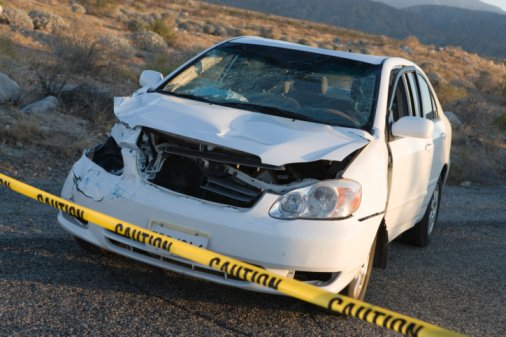
Most auto crashes in Alabama take place in urban areas – but most collisions involving fatalities occur on rural roads, according to data compiled by the National Highway Traffic Safety Administration.
Traffic accidents killed 870 people in Alabama in 2012, with 56 percent on rural roads and 44 percent in urban areas, according to the Alabama Department of Transportation. The fatality rate per 100 million vehicle miles driven was 1.68 on rural roads, compared with 0.99 in urban areas.
States have an important role in preventing fatal road accidents by passing safety laws, by publicizing and enforcing those laws and by making roadways safer. States with large networks of country roads and rural routes generally have higher rates of fatal accidents. Fortunately, traffic deaths in rural accidents have been trending downward in the last decade
In 2011, USA Today reported on the higher rate of fatal accidents in rural areas. Safety experts told the paper that urban areas generally have lower speed limits, safety features such as divided highways and better access to emergency care, all of which help save lives.
Rural roads do not typically have a median separating oncoming traffic, increasing the likelihood of head-on collisions. Nearly half of all car accidents in Alabama occur on two-lane roads, according to the Alabama Department of Transportation. The state reported 31,362 crashes in rural areas.
Dangerous Stretch
Last year, Popular Mechanics listed the 98-mile stretch of U.S. 431 from Phenix City to Dothan, Alabama as one of the 10 most dangerous roads in the nation. Twenty deaths were reported there between 1999 and 2010, and numerous white crosses were erected in memory of accident victims. In September 2013, four people died when a truck accident occurred on the highway. The commercial truck was carrying more than 10 people and flipped.
Officials blamed high traffic counts and low visibility for the high number of deaths on the two-lane sections of the highway. Ten years ago, work began to widen the highway, and today it is primarily four lanes, except in sections through small towns, according to the article.
Poor visibility, heavy traffic, drinking and driving and, of course, speeding all play a role in the high rate of fatalities on rural roads. Even as Alabama takes a more active approach to curbing reckless driving on rural roads, the state still has more work to do.










